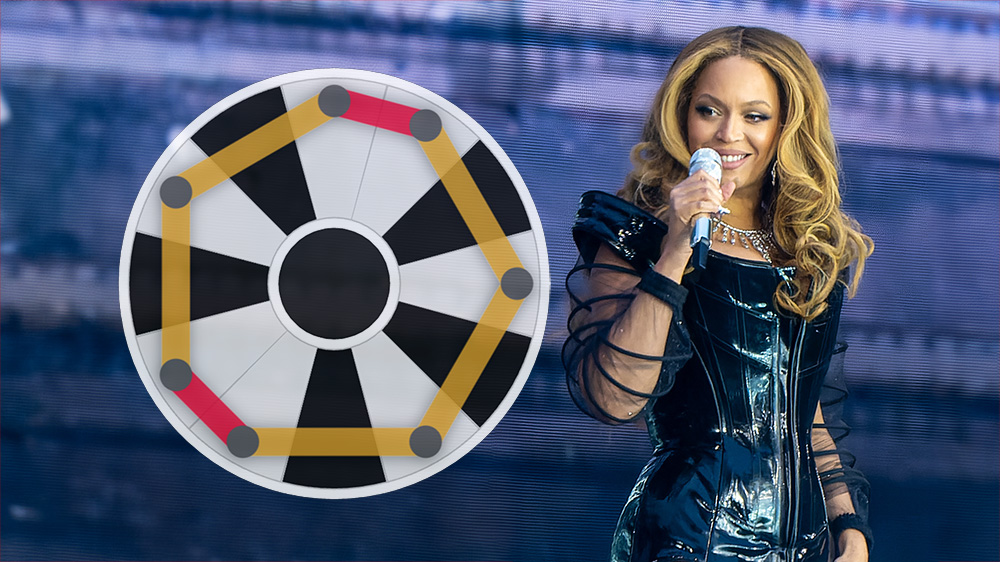
The Phrygian Mode is Quietly Changing the Sound of Loudness
The Phrygian mode is not as uncommon as you might think. When we dig into how it actually shows up in pop and hip hop, there are some patterns, and some surprises.

The Phrygian mode is not as uncommon as you might think. When we dig into how it actually shows up in pop and hip hop, there are some patterns, and some surprises.
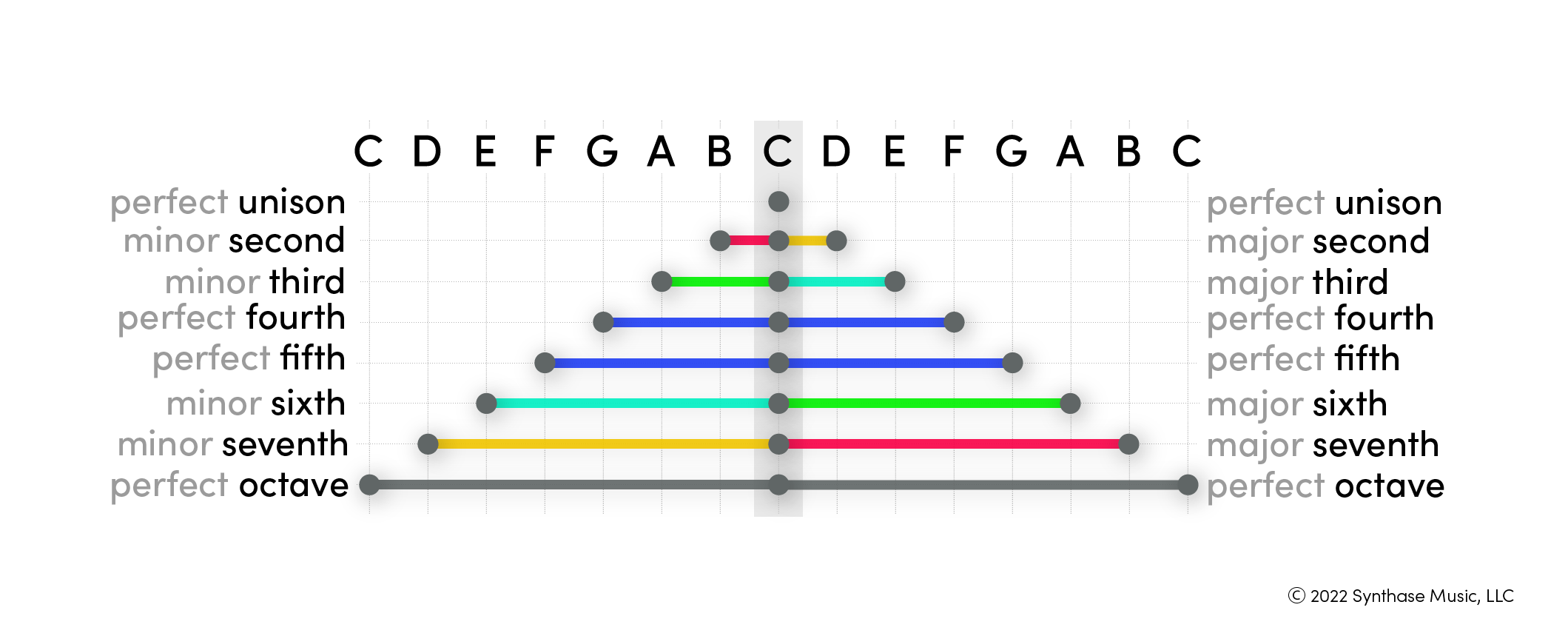
Interval names (”perfect fourth,” “augmented sixth”) can be confusing at first. The key to understanding is 1) think in letter names, 2) put C in the middle. I’ll walk you through a simple visual explanation.
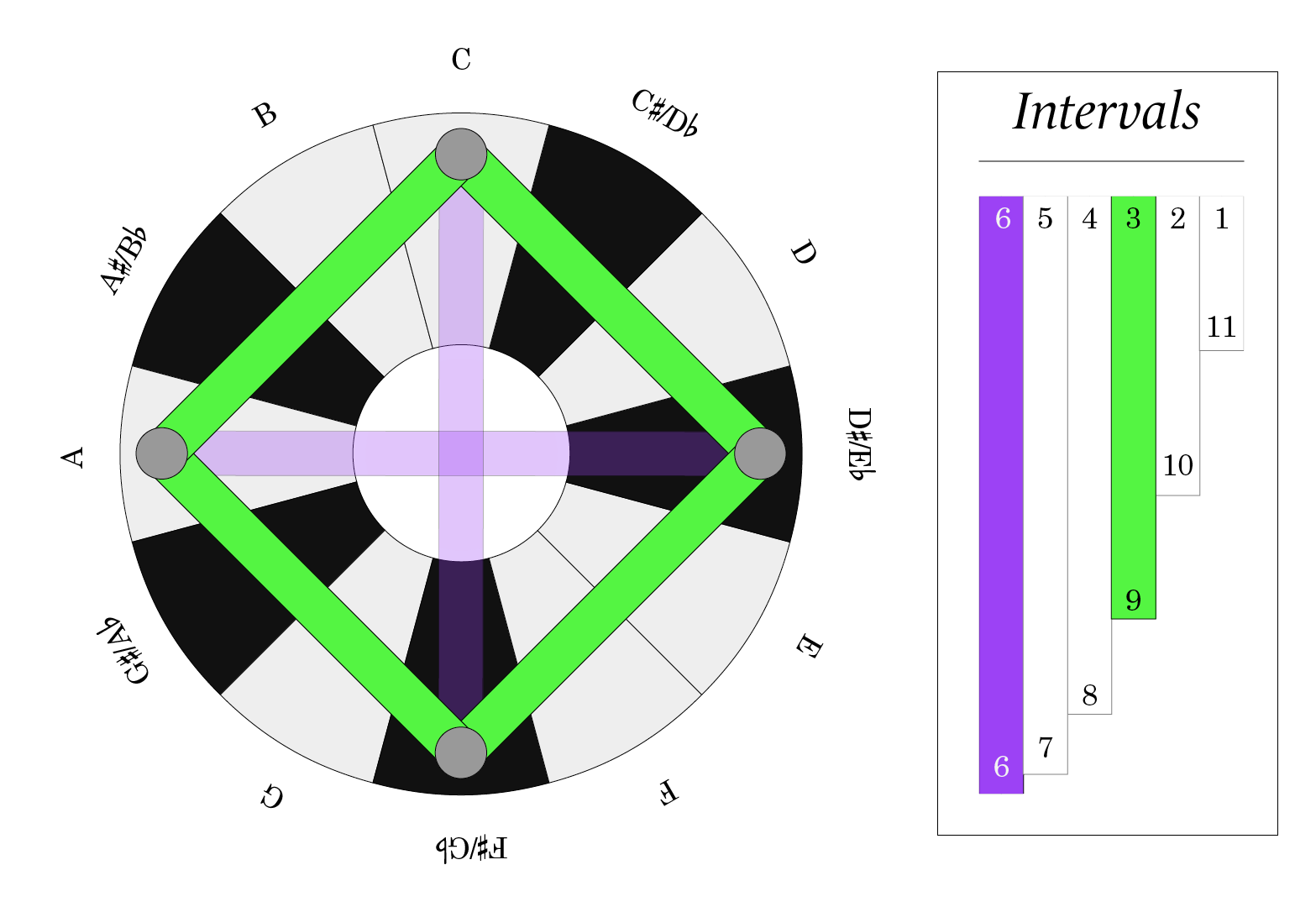
At times, this chord is simply a filled-out version of a diminished triad, and frequently serves the same transitional function.
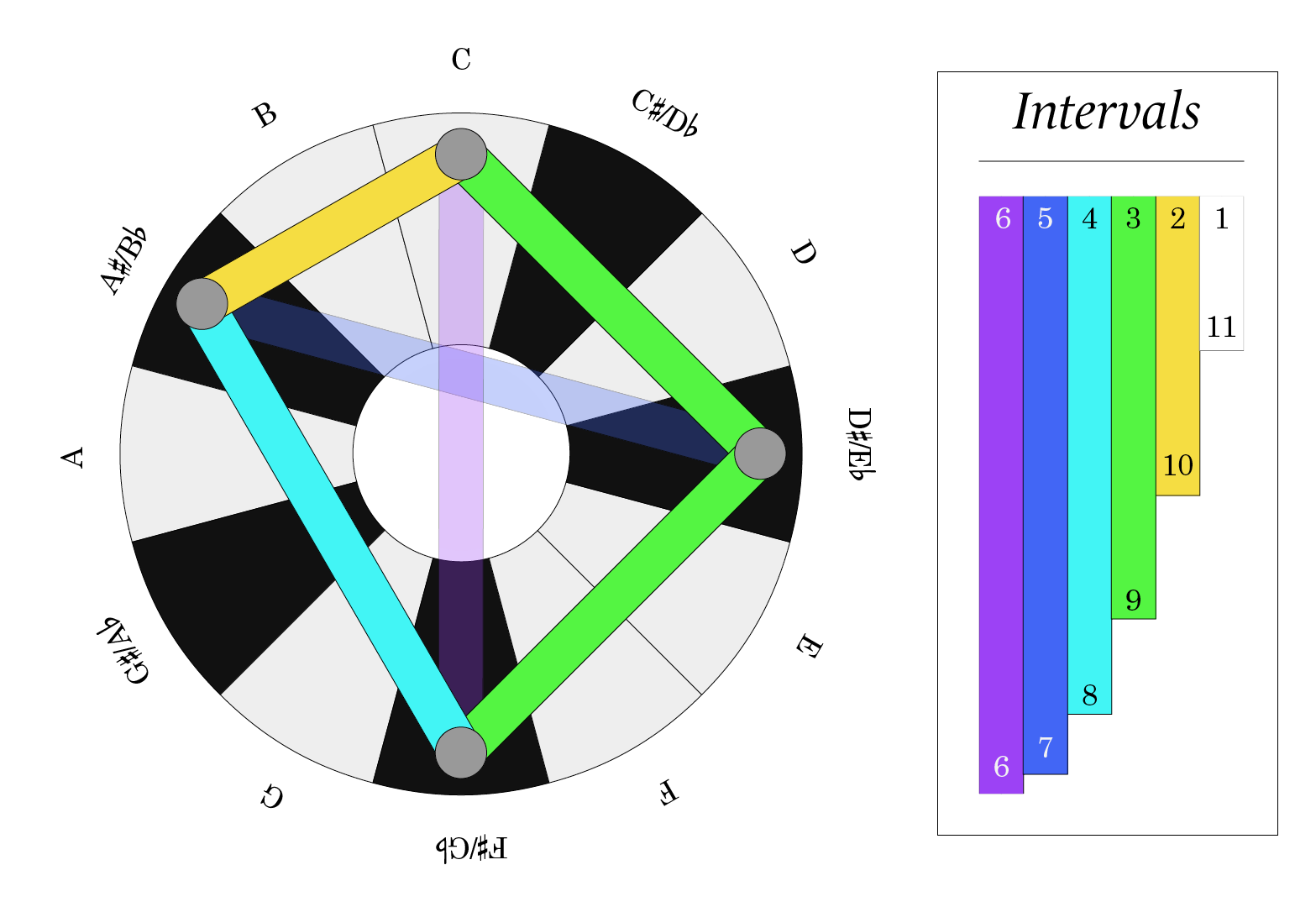
This chord is most likely to turn up in a jazz context as part of a ii-V progression leading to a minor chord (e.g. iiø7-V7alt-i).
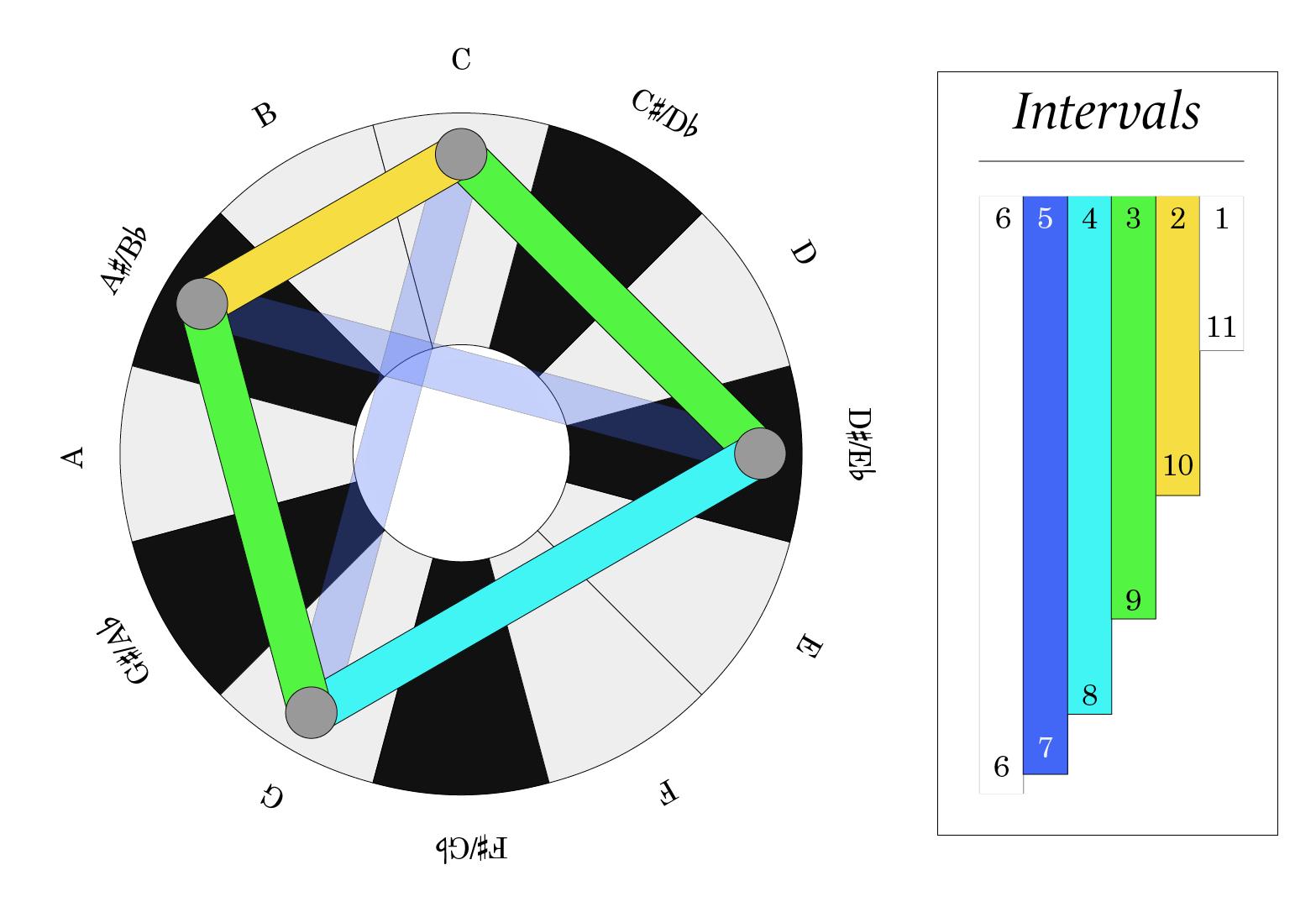
This chord serves an under-appreciated role in pop and electronic music.
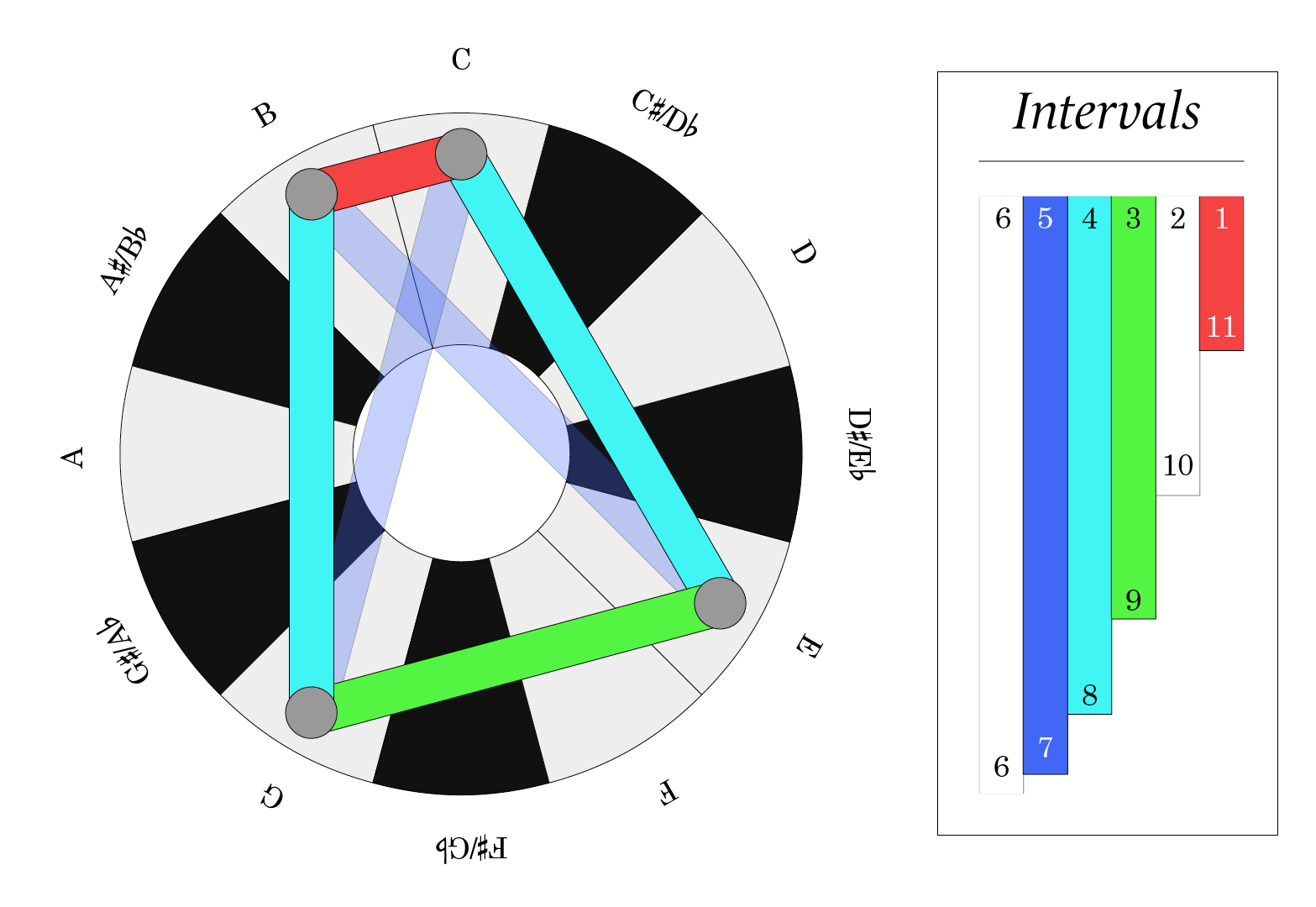
This chord often has a yearning or breathy quality and shows up in less harmonically-restricted styles of pop, as well as in limited jazz and classical contexts.
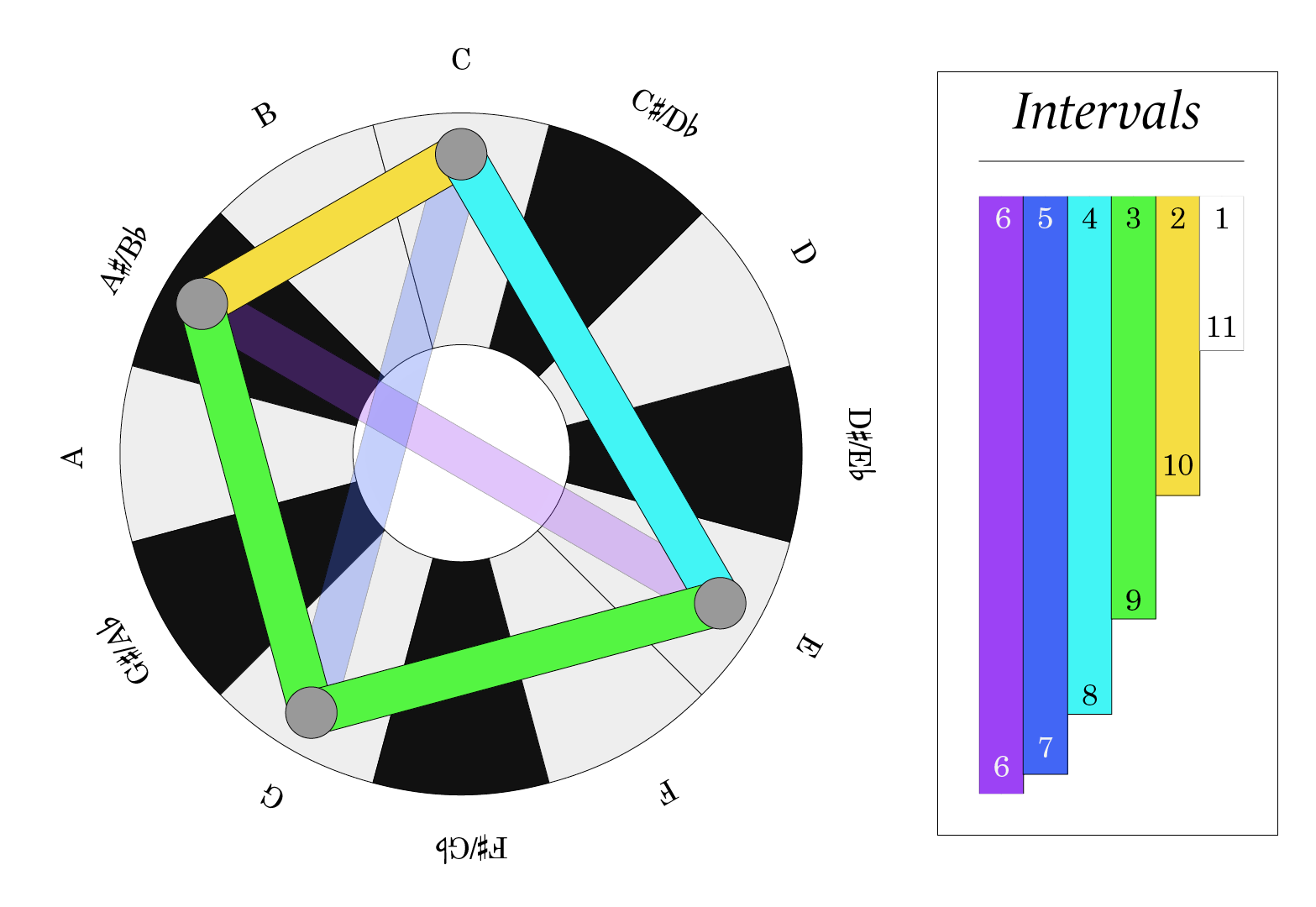
The most common four-note chord in most contexts, the dominant seventh chord shows up more frequently than either the diminished or the augmented triads.
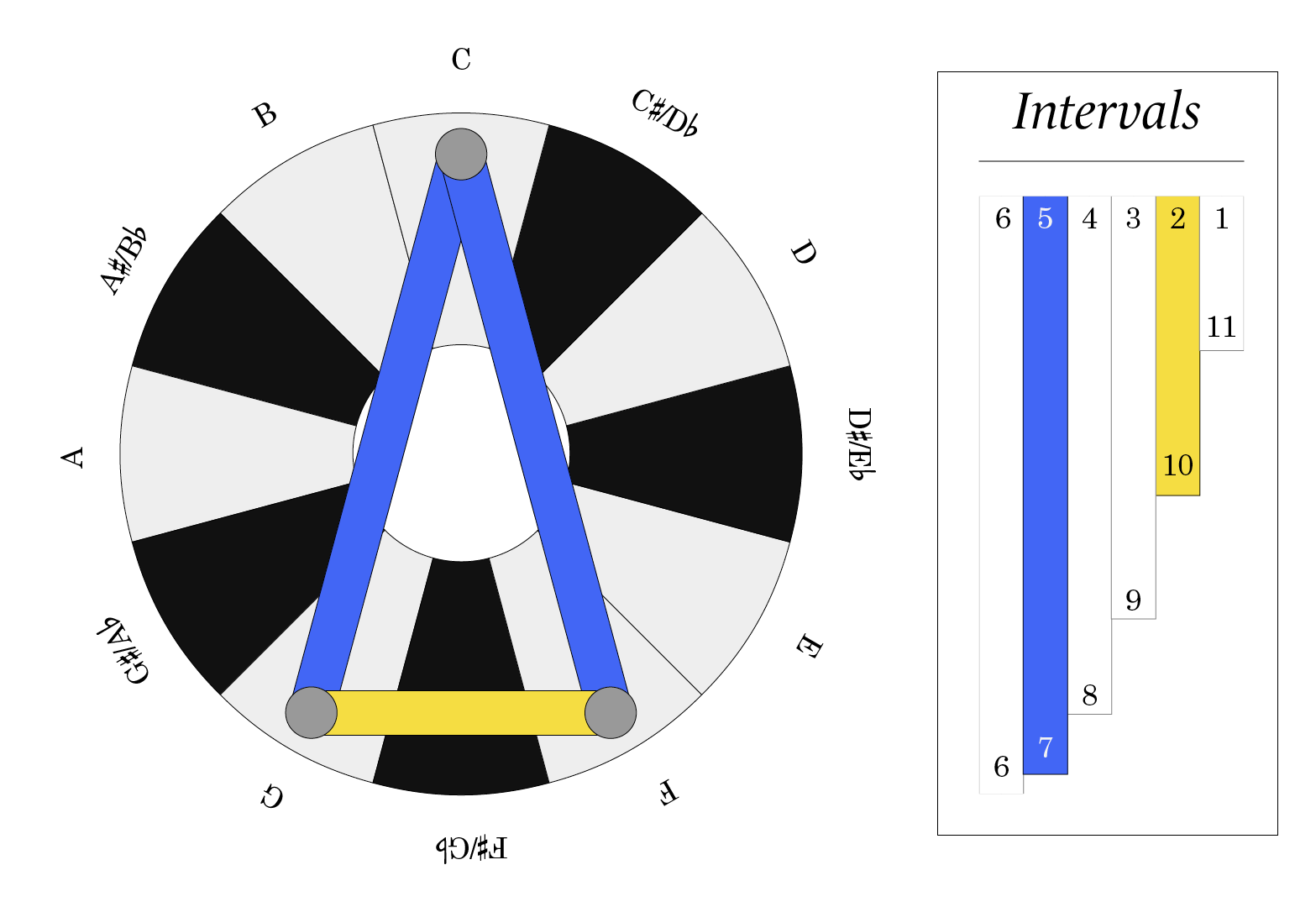
When played as a “sus2” chord or a “sus 4” chord, it can behave in one of two ways: it can serve its stated purpose by suspending resolution to a more stable chord, or it can connote the open sound of an acoustic guitar.